|
Note: If you are in search of the free ebooks for guided reading, go to the "Free Books" tab, above. There are a number of challenges that make teaching guided reading tricky in virtual spaces. From access to books, to watching body language, sound issues, there are definitely some hurdles to get over. As we prepare to go back-to-school, one virtual guided reading challenge is prominent: figuring out how to listen in as individual students read without falling into a round-robin routine.
There is a solution that seems pretty simple. In fact, I think it is so simple that it has been hidden in plain sight. When we are face-to-face during guided reading and listening to individual readers, we want to hear ONLY the reader that is getting our attention, while we conduct a running record or engage in a conversation. Additionally, we don't want the readers who are NOT receiving our attention at that moment to listen in on our exchange with the student in our focus--for their sakes and for the sake of the student who is reading with us. To limit what we hear from the other students we can, of course, mute their microphones. To limit what they hear, we can simply ask them to turn their volume all the way down! This seemingly obvious solution allows us to stay in the group, rather than send students off into breakout rooms, which is clunky. Staying in the group by having the student you are listening to turn up the volume (while the others turn their volume down) allows you to keep that small-group feel to your virtual guided reading lessons. By staying in the group together, you can still watch the other students to see that they are engaged with the text. A little motion on the screen, should get the attention of everyone again. You can use a chat box, or even something as simple as a sign with a student's name on it, to let the group know who needs to turn their volume back up so you can read with the next student. As for access to books, there seem to be a few options.
In the end, shared reading and one-on-one conferring are likely to do more of the heavy-lifting in virtual literacy instruction. However, it is worth trying to figure out how to maintain some small group work for those students who really need it to succeed. Asking the other children to turn down their volume while you work with one child may be one way to make small group instruction work in virtual spaces.
5 Comments
A couple of years ago, Kim Yaris and I wrote a collection of guided reading books to go with the Who's Doing the Work? K-2 Lesson Sets (Stenhouse, 2018). Carnegie Learning has graciously agreed to let me share the fiction titles from this collection with you, here on this site.
There are 15 titles ranging from Level A to Level J. I have built flipbooks with each title, and embedded them here on the site. The text below, one of my favorite in the collection, is an example of the set-up for each book, and will show you how the flipbooks in the collection work. Missing Socks, like all the books in the collection, includes illustrations designed to engage students and deepen the story.
Here are some highlights from the collection:
Mindfulness:
There are three titles in the collection that relate to mindfulness. Happy (Level C) is about a little girl who is exploring different kinds of happiness, such as the calm happiness of a breeze vs. the palpable happiness of a surprise birthday party. Hurry Up, Slow Down (Level D) is about a little girl who is walking to school with her father and is caught up in the simple beauty around her. Finally, Everyday Beautiful (Level H) is about two boys who have been asked to find something beautiful. One boy overlooks the natural beauty around him while another shows him how simple things can be beautiful.
Shadows:
There are five titles in the collection that use science related to light and shadows to tell a story. They range in levels from C-J. We wrote these to align with science standards. If you teach light and shadows, you may find these texts a nice way to integrate your science content into your reading instruction.
The books are all in flipbook format and are free to use and share with children, but they require a password to access them. To get the password, complete the form below. When you hit submit, a password will pop up on the screen. Use that password in step 2 (below) to access the books.
If you already have the Who's Doing the Work? K-2 Lesson Sets, these digital versions of some of the books should be helpful. Although you don't need the lessons to use the books, if you are interested in the lessons that go with the books, they are available from Stenhouse Publishers. Dear Friends, For the last couple of weeks I have been making something for you. Inspired by my son's pen pal relationship this summer, I ordered every book I could find that involved characters who write letters. I read them all carefully, considering how some could work together around the theme, Mail Myself to You. Finally, I wrote a set of K-5 lessons--including Reading Art, Read Aloud, Shared Reading, Small Group Instruction, and Independent Reading. I've assembled these lessons in a tabbed hyperdoc--a pdf that links to sections within the document, as well as to sources outside the document. It includes videos of me describing the books and the lessons, written descriptions of each lesson, and ideas for extension. The lessons are clustered: kindergarten-1st, 2nd-3rd, and 4th-5th. The lessons are free, with a subscription to my blog/newsletter. If you complete the contact form below, I will email you personally, including the 25-page, linked PDF as an attachment (Please, give me 24 hours to respond). Or, if you want to write to me directly to request the document, my email is tct.jan@gmail.com. I am excited to share this collection of resources with you. They have been a labor of love. Wishing you all good things, Jan I've really been thinking about some of the ramifications of mask wearing, and wondering how to make them a little friendlier for young children. I decided it might soften mask wearing a bit if some of the characters on the front of picture books on the back-to-school shelf were wearing masks. For the most part, it was a pretty easy craft project for a rainy afternoon. All-in-all, it took me about 40 minutes to figure it out and apply masks to the characters on the covers of a handful of books. Here's what you will need:
Here's the process:
Here are a few images of the process: When I started this project, I just randomly picked titles that seemed to have characters on the cover that would were large enough to apply a mask on their faces. I was not picking books that were necessarily the best books for launching the school year, although some might be viable options.
While this is not a sophisticated or comprehensive solution to softening mask-wearing, it may prove a conversation starter or at least something to engage students. At the very least, this is a fun way to think about how masks can cover our expressions. You could even pull back the film to reveal the expressions of the characters. This project seems to be fun, whether you are sharing books virtually or in person. Perhaps, if you begin school "face-to-face," they should go on your shelf six-feet apart. Note: After I had completed the project, my children pointed out that the bird on Rocked Writes a Story didn't get masked! I had already put up my materials, at that point. If I were sharing the book with children, I would mask all of the characters on the cover. Navigating the Maze of Computerized Instruction: Problem-Solving Back-to-School 2020 (Post #2)7/26/2020 Before social distancing and home learning began in March, schools were already wrestling with the role that computers should play in classrooms. Whether weighing the decision to go to one-to-one devices for all students or navigating district mandates to use a certain program, reflective educators have long known that what makes technology helpful is the way it is used. But figuring out how to use it often means navigating a maze of mandates, program implications, and student needs. A couple of years ago, in one elementary school where I consulted, the district required that schools use a particular program to identify and address reading difficulties. I walked into a first-grade classroom in October to find about half of the first-graders working on iPads. They were using a computer program to learn phonemic awareness, letters, and sounds. Their iPad screens were filled with images of things like an apple, to which the narrator would say something like, “A is for apple. A says /a/.” It seemed strange to me that in October of first-grade so many students would need such rudimentary skills work. I asked the teacher about it. She said that all of her students had taken a placement test with the same computer program and that they were doing the lessons that the computer indicated they needed. I was skeptical. I asked the teacher if I could administer individual assessments with the students. When she agreed, I took each student out into the hall one at a time and administered Hearing and Recording Sounds, Marie Clay’s (2013) simple, first-grade assessment. Students had to write two connected sentences: I have a big dog at home. Today I am going to take him to school. Many of the students that the computer indicated should begin with lessons like, “Apple starts with A” were actually able to write the two sentences perfectly! Most of the other students were able to write reasonable sound-spellings for each of the phonemes in those sentences (e.g. skool for school). Every single child in the class already knew the sound for short A. I talked to the teacher. She explained that she was required to follow the directions of the computer program. I talked to the principal, who described the same district requirements and said there was no way to skip lessons in the program. All those children had to sit through all the very beginning reading lessons, even those who already knew all the letter sounds. Now that distance learning is the norm, reliance on large expensive programs to discern what children need--and to address those needs instructionally--seems to be on the rise. However, children actually need real teachers now more than ever. In a conversation with the literacy leadership in an elementary school where I am working throughout this school year (virtually and traveling by car when it is safe), they are dealing with district requirements to use a widespread monster program. They are frustrated, but they are trying to make it work for them. If you are trying to make the most of a required, comprehensive computer program, here are some things to consider:
In the end, computers can’t serve children well unless we use them well. Making the most of the tool you have been given, or even that you are required to use, means knowing that tool and knowing your students. This knowledge will help you maximize a program’s benefits while sidestepping it’s limitations, navigating the maze to your students' advantage. Clay, Marie M. (2013). An observation survey of early literacy achievement (3rd Ed.). Portsmouth, NH: Heinemann. EveWhen I am stressed (angry, afraid, nervous, etc.), I inadvertently hold my breath. In those moments, my husband will sometimes notice and ask, "Are you breathing, Babe?" At that point, I exhale with a rush of air and pay attention to what I am doing (and not doing) with my lungs! I am always struck by my unconscious response of holding my breath. Realizing that I often don't breathe when I most need to has led me to actually practice breathing. Perhaps this sounds silly. Breathing is automatic, right? Well, sort of. While we have natural rhythms to our breath, intentionally filling and emptying our lungs completely requires focus and practice. One of my favorite times to intentionally practice breathing is anytime I am waiting. Because I use technology to teach, I am regularly asking whole groups of adults to wait. To wait for a hiccup in the wifi. To wait for a video to load. To wait for a website to respond. In these moments I often teach breathing lessons. I just engage us all in taking several slow deep breaths. I am always startled by how satisfying such technology glitches can be, when a whole room full of teachers simultaneously tune into their breath. Everyone seems to realize just how much stress we carry with us, and we're to find an antidote that was literally under our noses. You too can use a technological pause as an opportunity to breathe deeply with your students. Inevitable tech hiccups can also offer spontaneous but regular practice of in-the-moment breathing routines in your classrooms. You can lay the groundwork for these incidental breathing lessons by launching the school year with a formal-ish breathing lesson. Conscious breathing is an antidote to worry, at a time when we can all find much to worry about. Even if it is a bit complicated by wearing masks, it is worth the effort. Here are a few books you might use to anchor your breathing lessons: 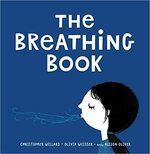 The Breathing Book by Christopher Willard and Olive Weisser, includes a series of exercises to help students become aware of their breath. It is so beautifully practical, and even includes a breathing practice where you sit and hold a book. 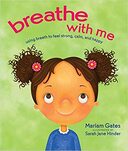 Breathe with Me: Using Breath to Feel Calm, Strong, and Happy by Miriam Gates refers to breathing as a "superpower." This book is so relatable for young children and includes specific breathing strategies to try in different situations.  I Am Peace: A Book of Mindfulness by Susan Verde and illustrated by Peter H. Reynolds, speaks to the relief that taking a breath offers in a moment of worry. It is a lovely text for introducing the idea that we can learn to manage our minds. I invite you to use one of these books to introduce children to the idea that they can intentionally use their breath to serve them in moments of worry. This year promises some stress and some technology hiccups--opportunities to practicing breathing. When there is so much that we can't control for our students, especially this year, teaching them a breathing routine offers them the seed of a habit that can serve them for their entire lives. And if you feel like you need to take a deep breath yourself, you might consider this book to help you get started. You can start now. Just breathe. |
AuthorDr. Jan Burkins is a full-time writer, consultant, and professional development provider. Categories
All
|
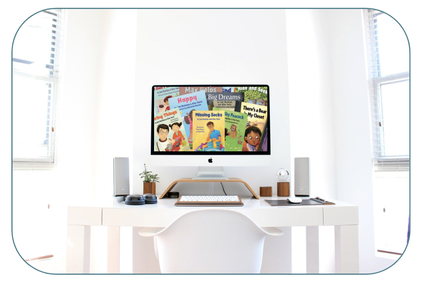
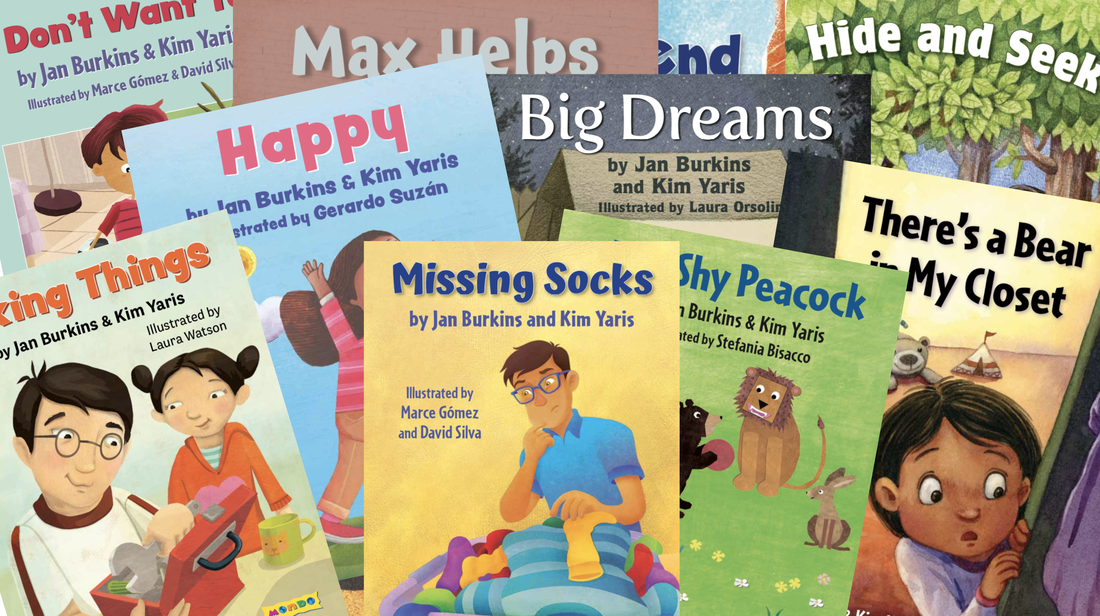
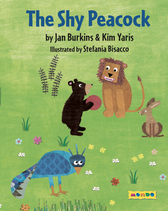
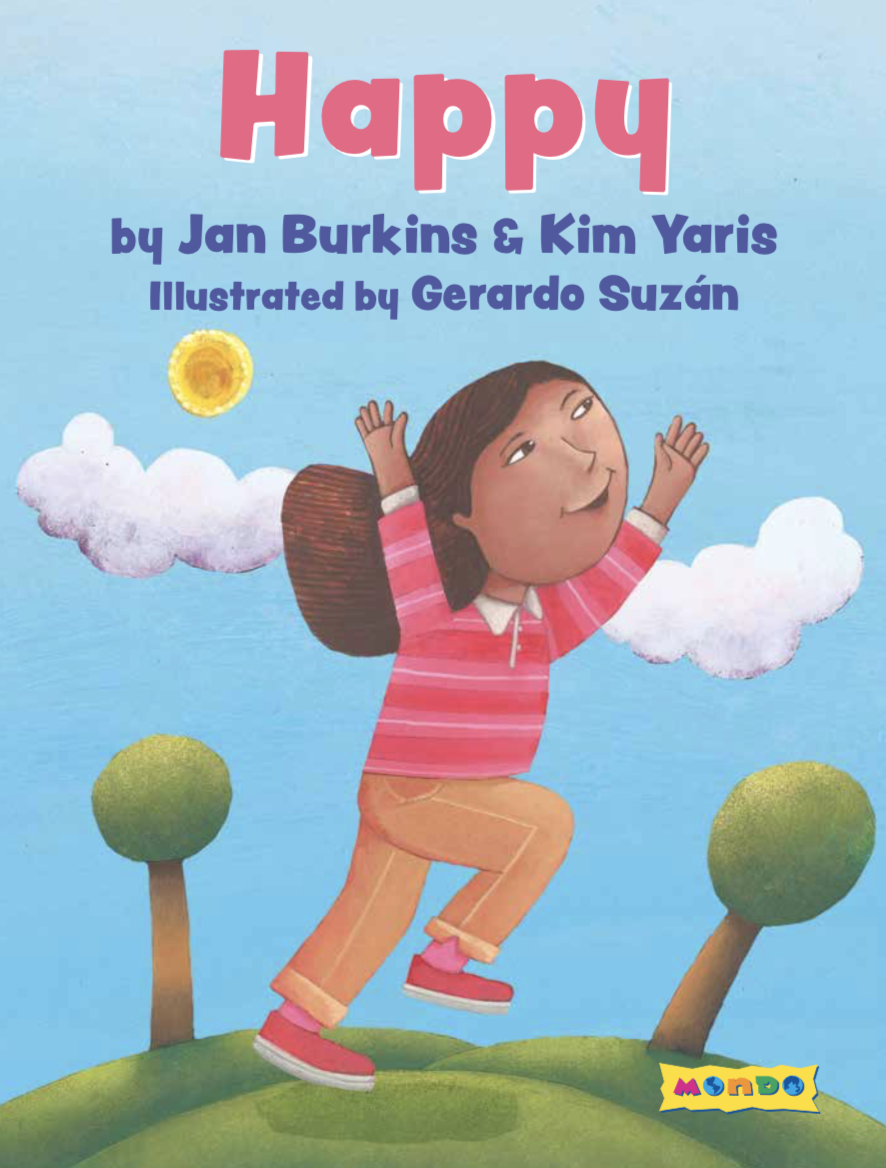
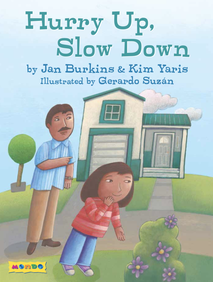
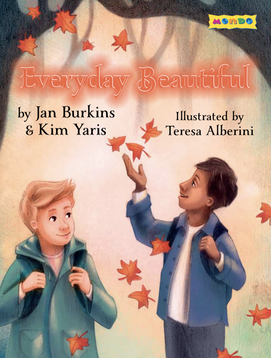
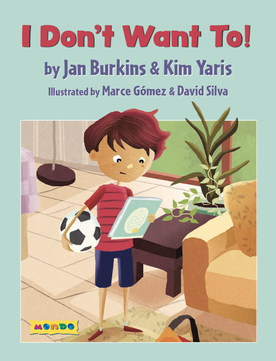
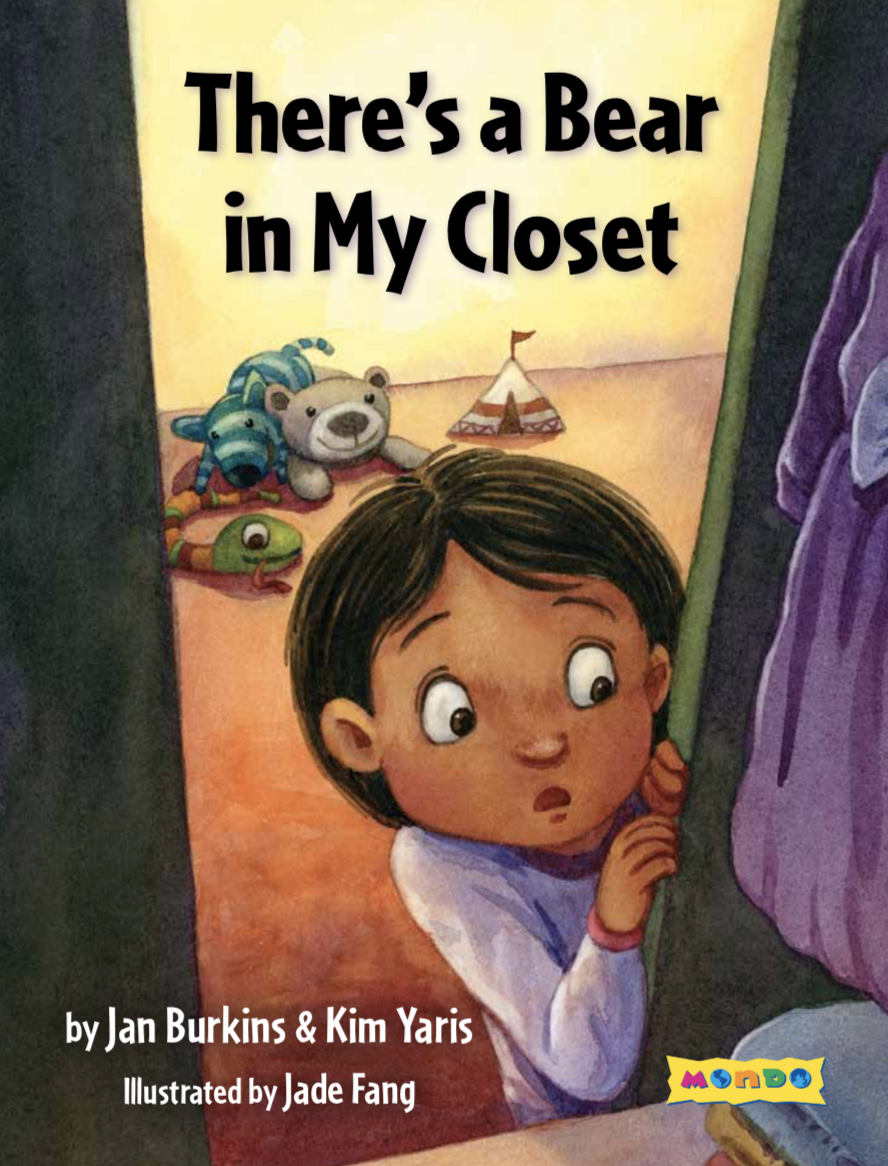
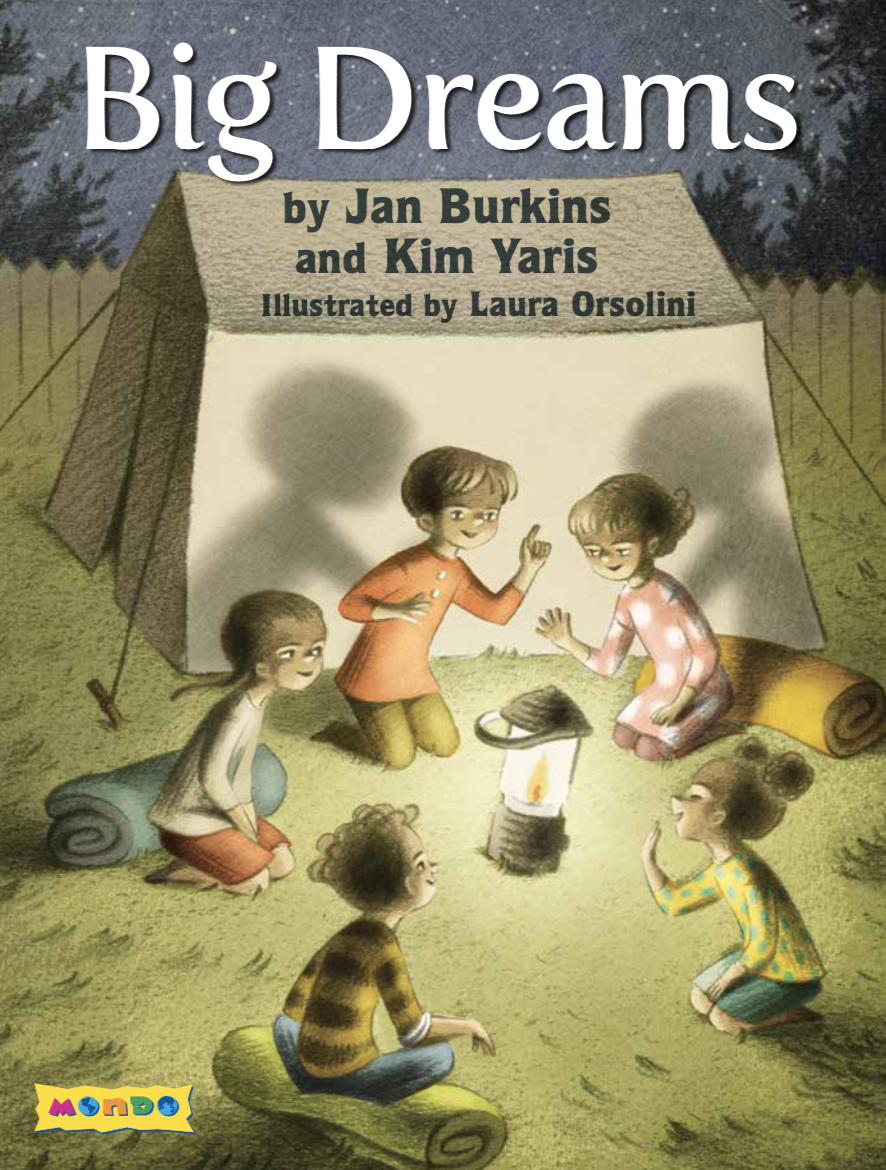
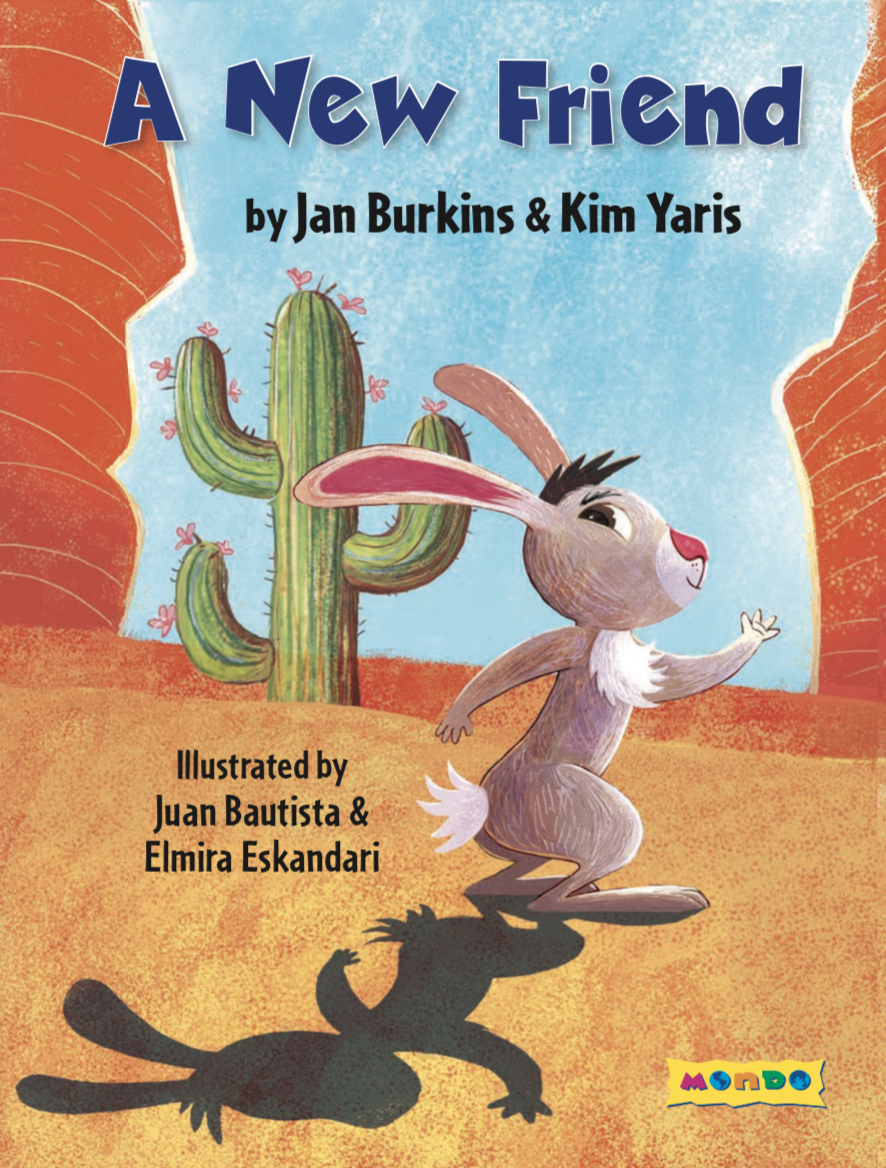
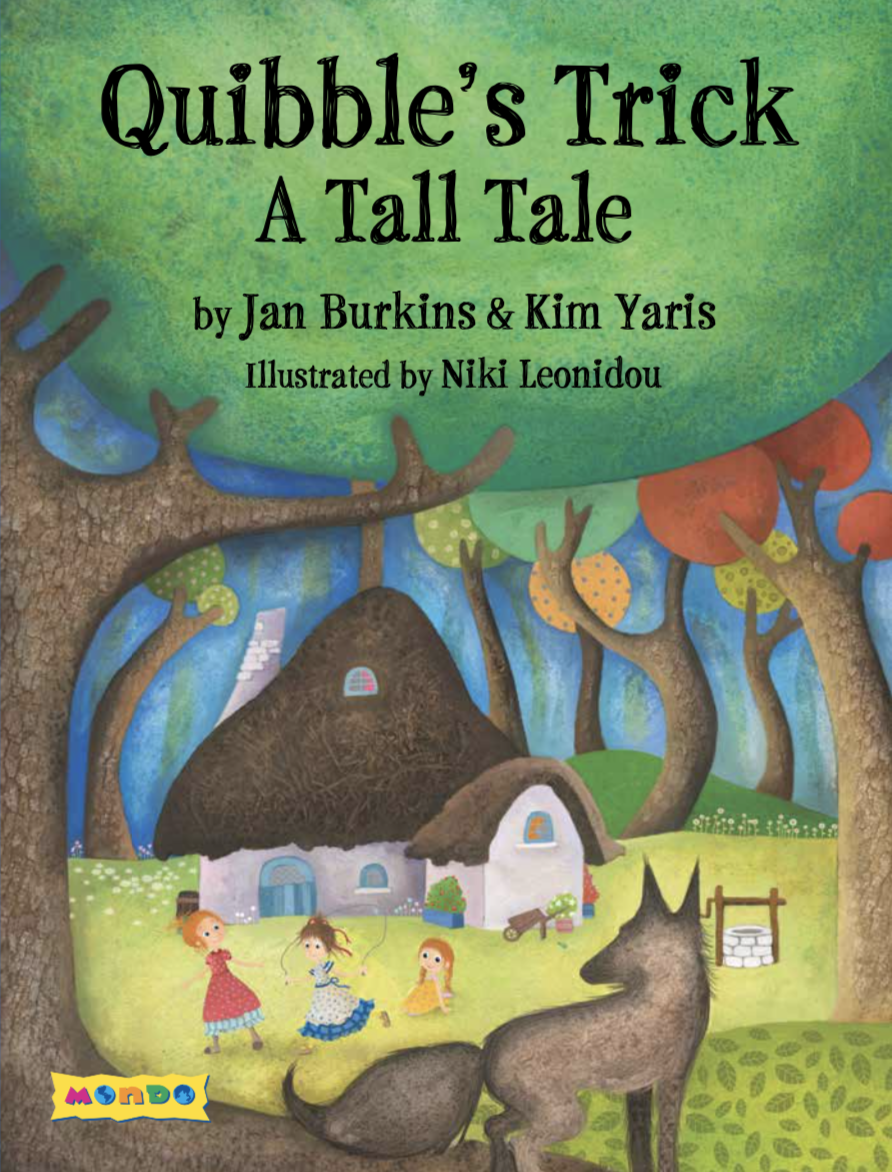
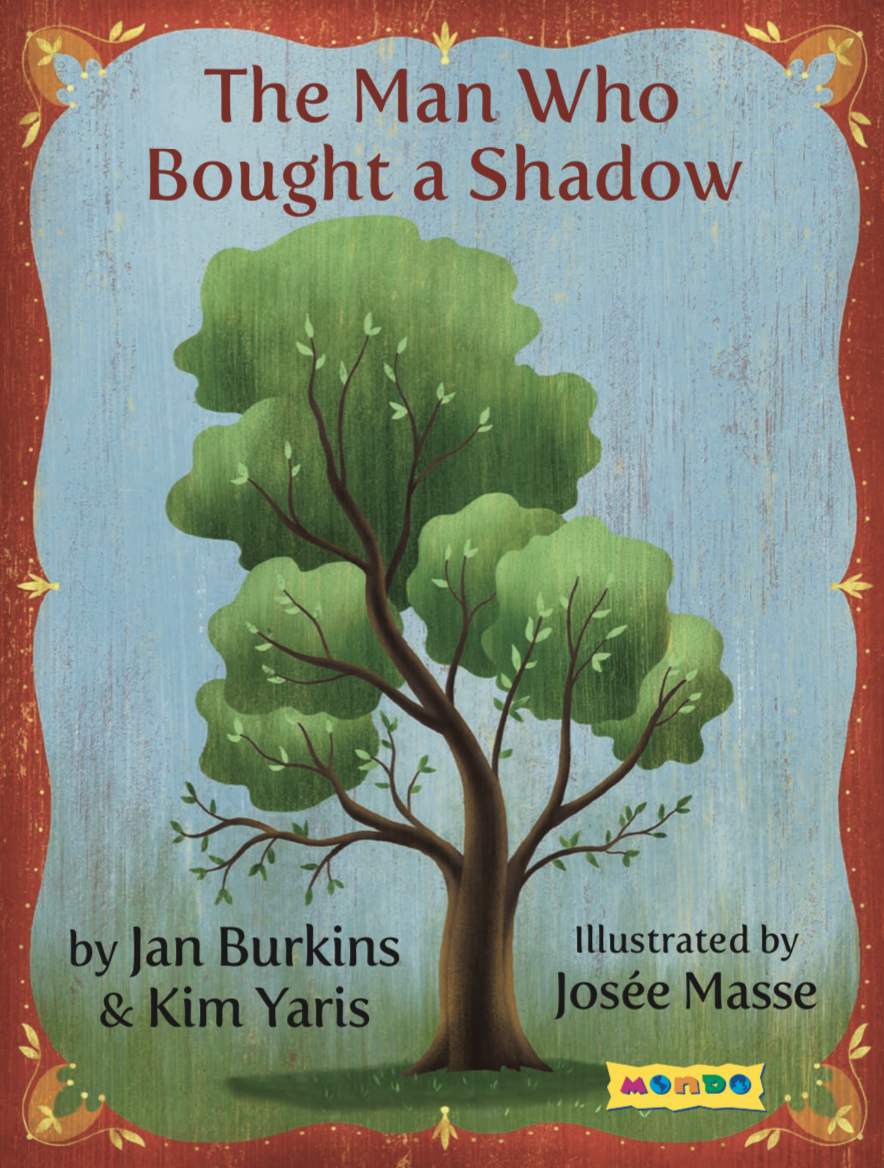
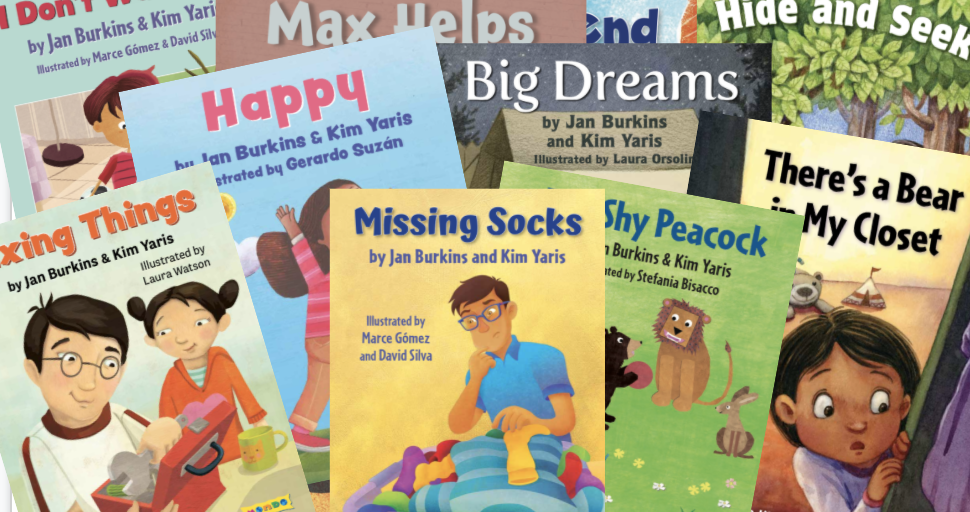
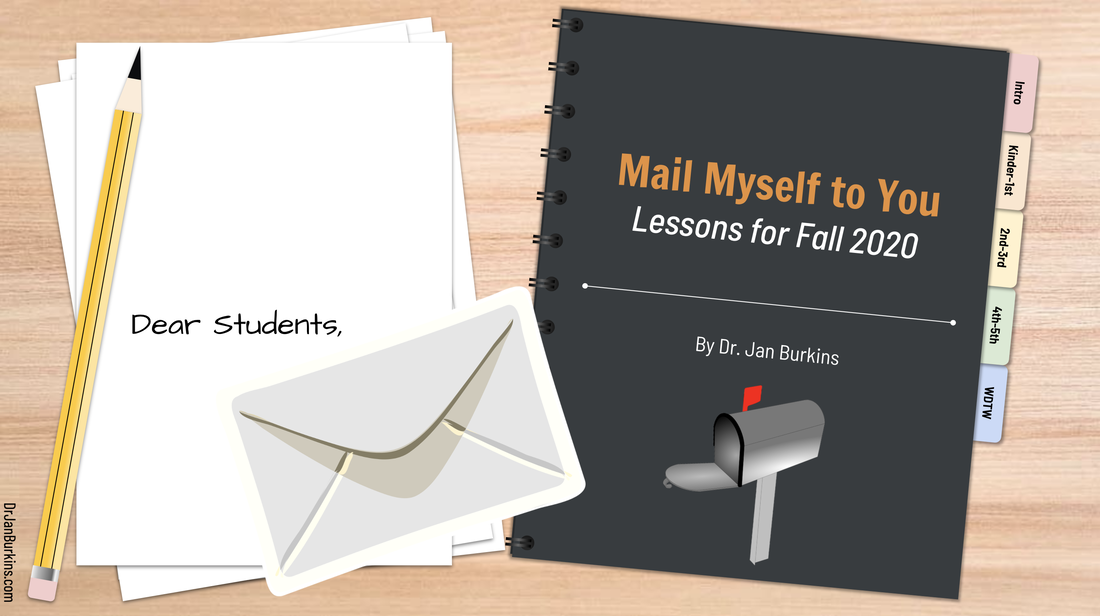
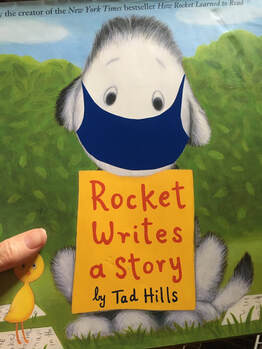
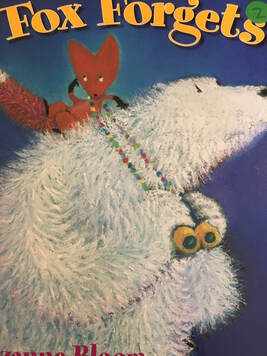

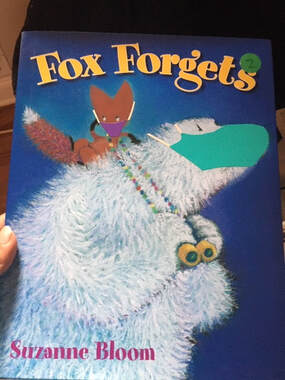
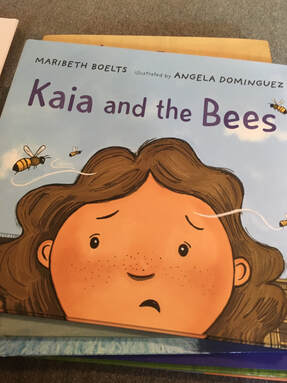
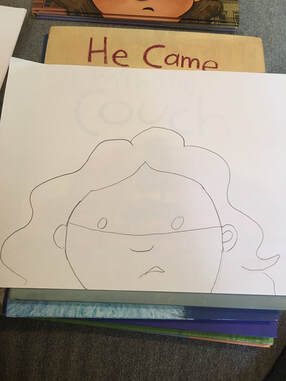
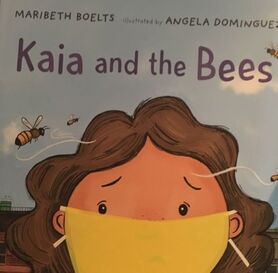
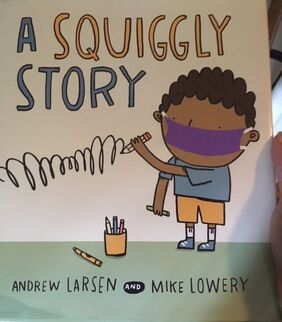
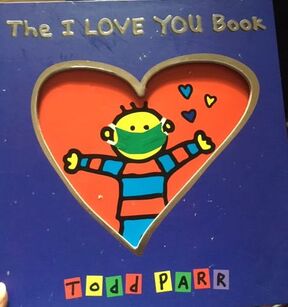
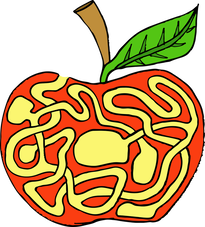
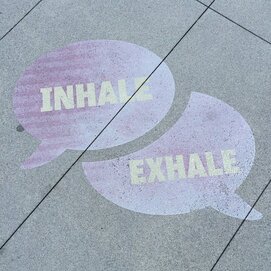
 RSS Feed
RSS Feed